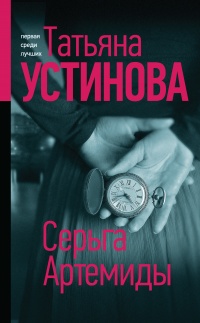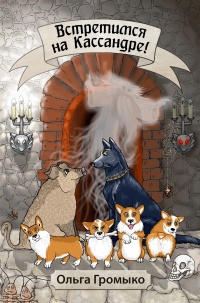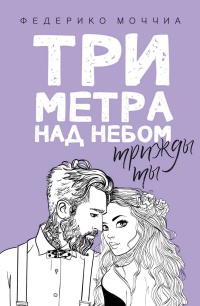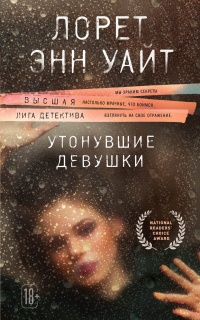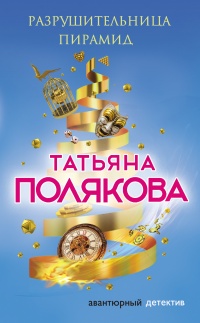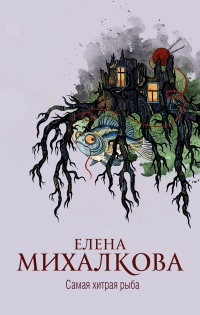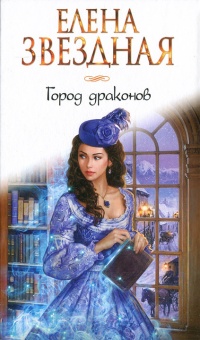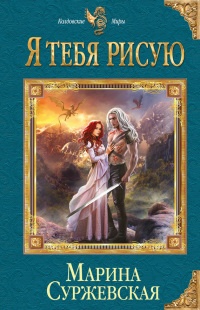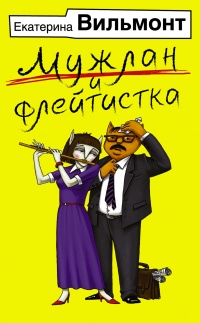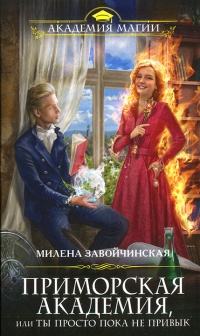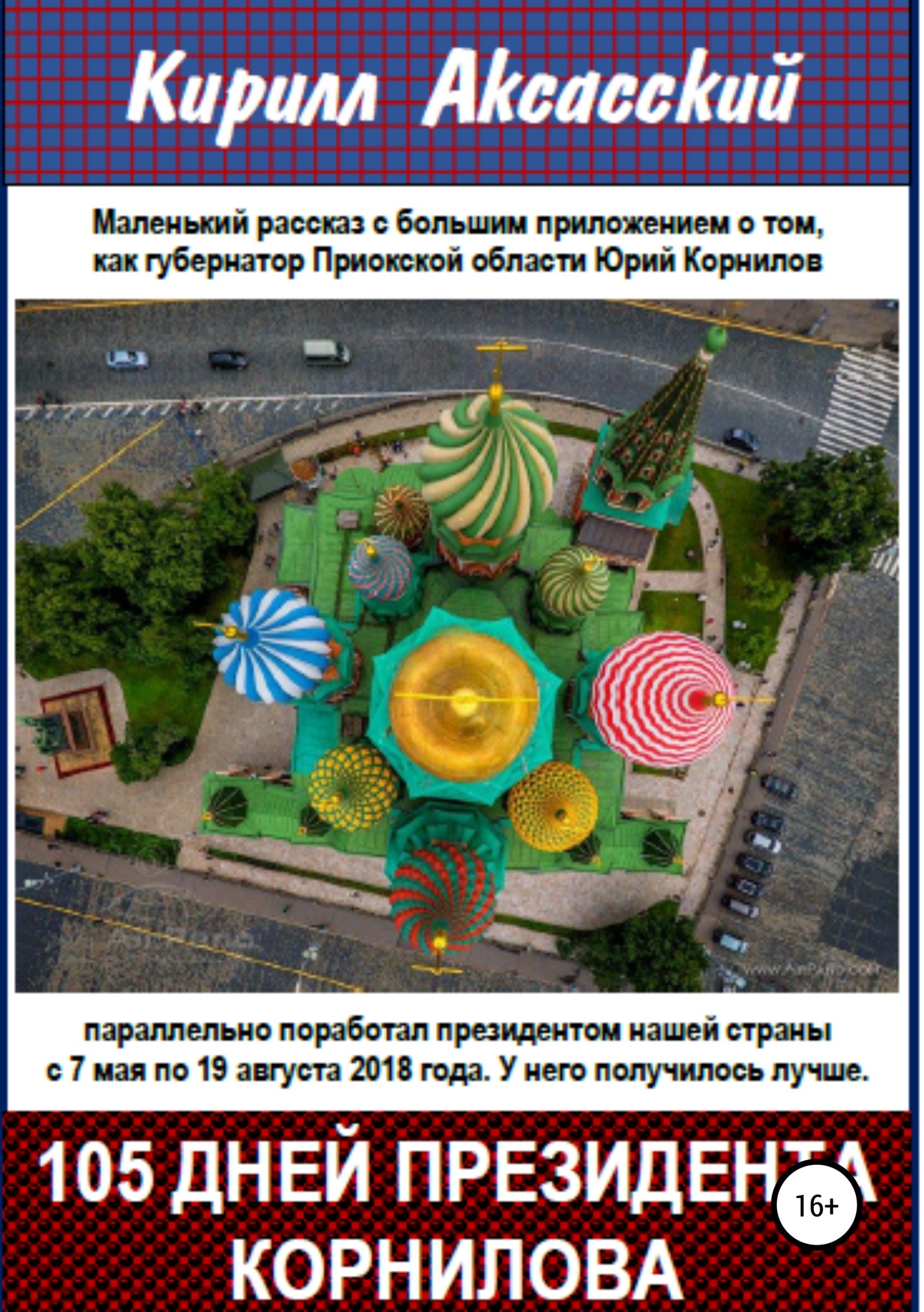Книга Набоковская Европа. Литературный альманах. Ежегодное издание. Том 2 - Евгений Лейзеров
На нашем литературном портале можно бесплатно читать книгу Набоковская Европа. Литературный альманах. Ежегодное издание. Том 2 - Евгений Лейзеров полная версия. Жанр: Книги / Классика. Онлайн библиотека дает возможность прочитать весь текст произведения на мобильном телефоне или десктопе даже без регистрации и СМС подтверждения на нашем сайте онлайн книг knizki.com.
Шрифт:
-
+
Интервал:
-
+
Закладка:
Сделать
Перейти на страницу:
Перейти на страницу:
Внимание!
Сайт сохраняет куки вашего браузера. Вы сможете в любой момент сделать закладку и продолжить прочтение книги «Набоковская Европа. Литературный альманах. Ежегодное издание. Том 2 - Евгений Лейзеров», после закрытия браузера.
Книги схожие с книгой «Набоковская Европа. Литературный альманах. Ежегодное издание. Том 2 - Евгений Лейзеров» от автора - Евгений Лейзеров:
Комментарии и отзывы (0) к книге "Набоковская Европа. Литературный альманах. Ежегодное издание. Том 2 - Евгений Лейзеров"





